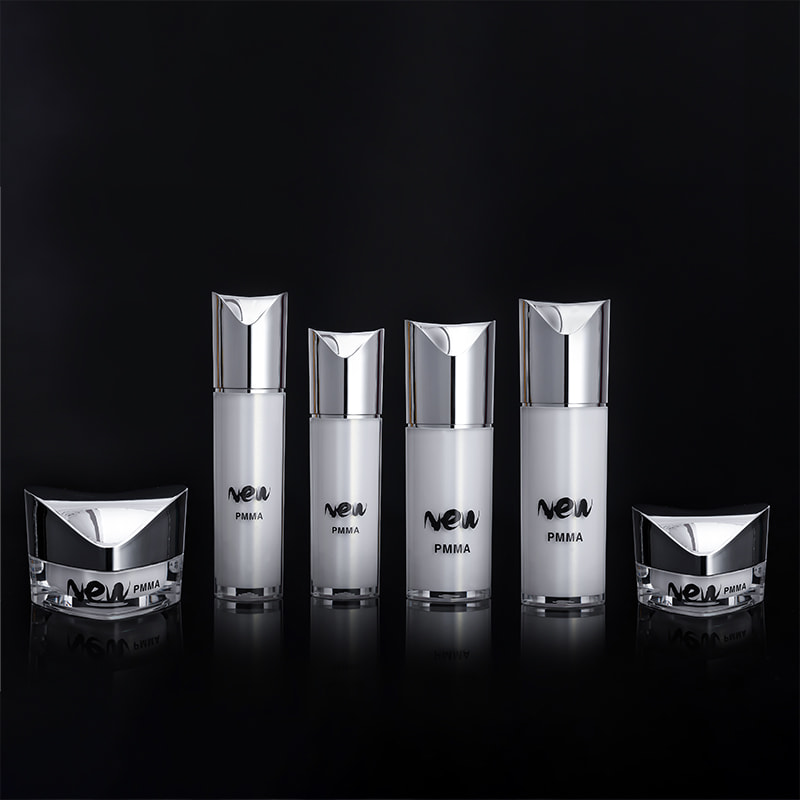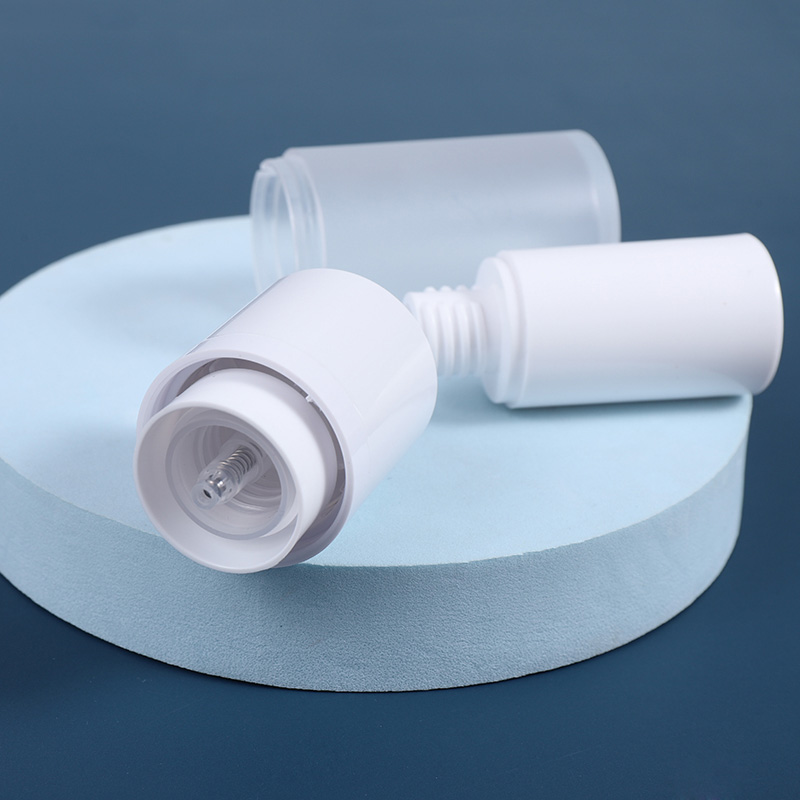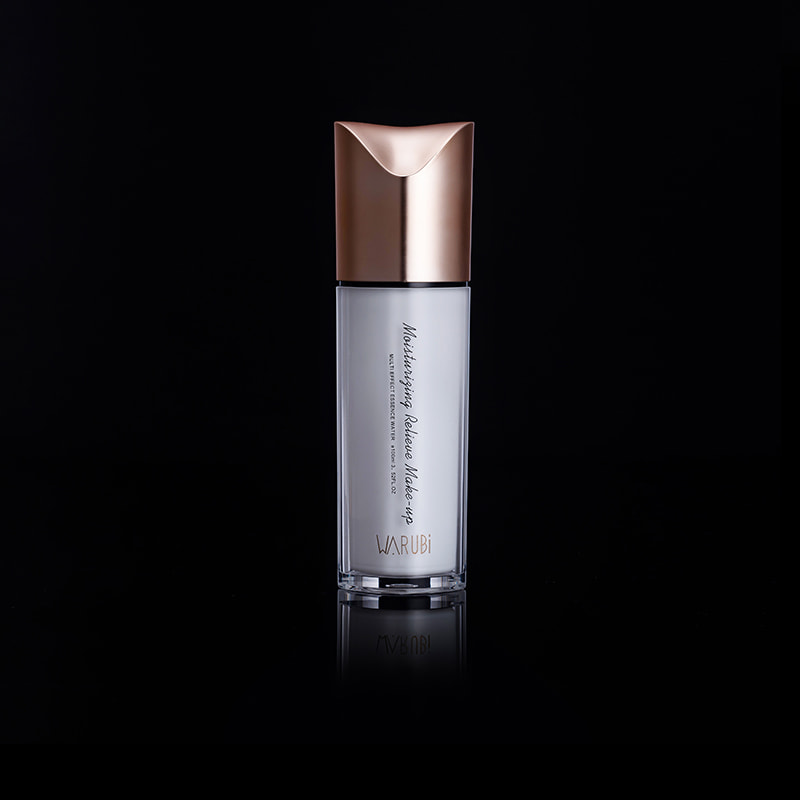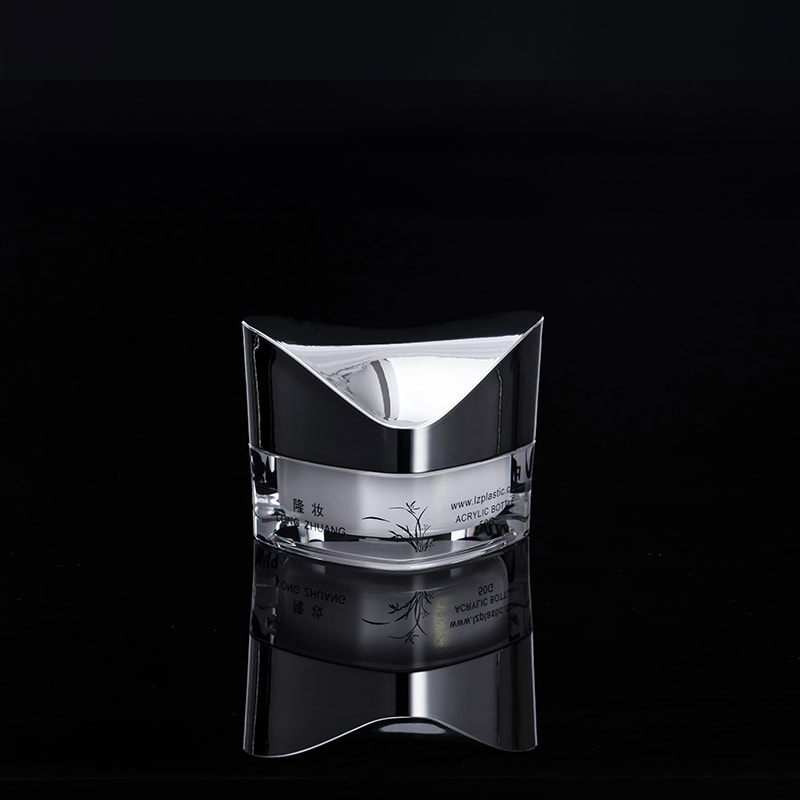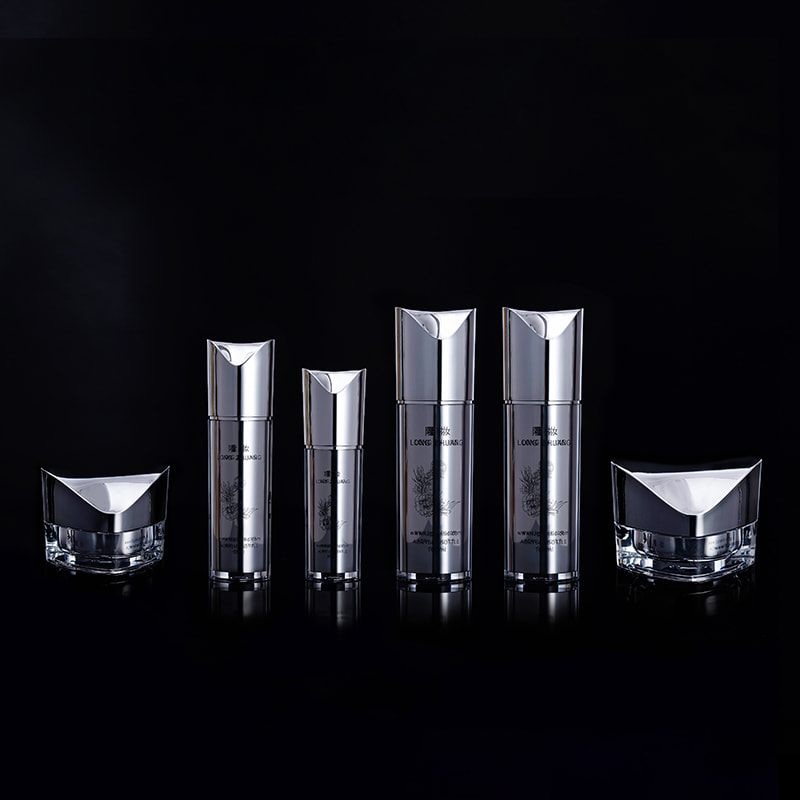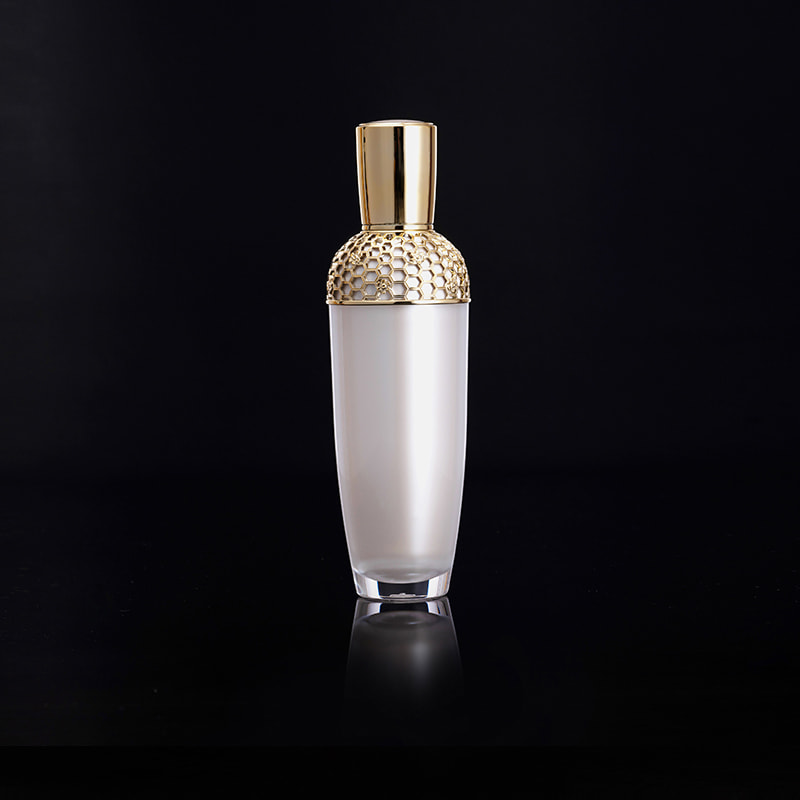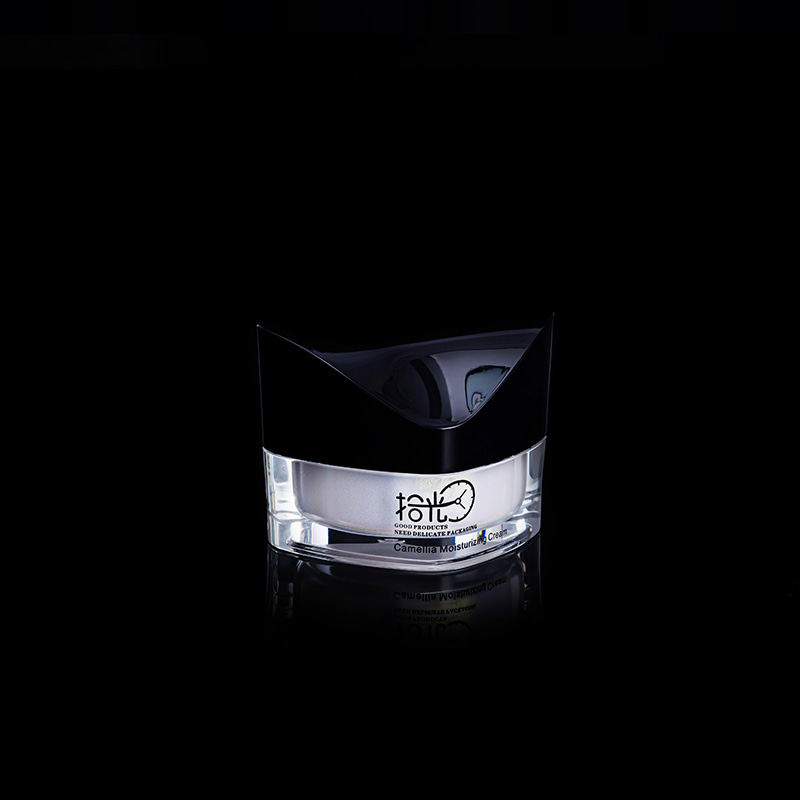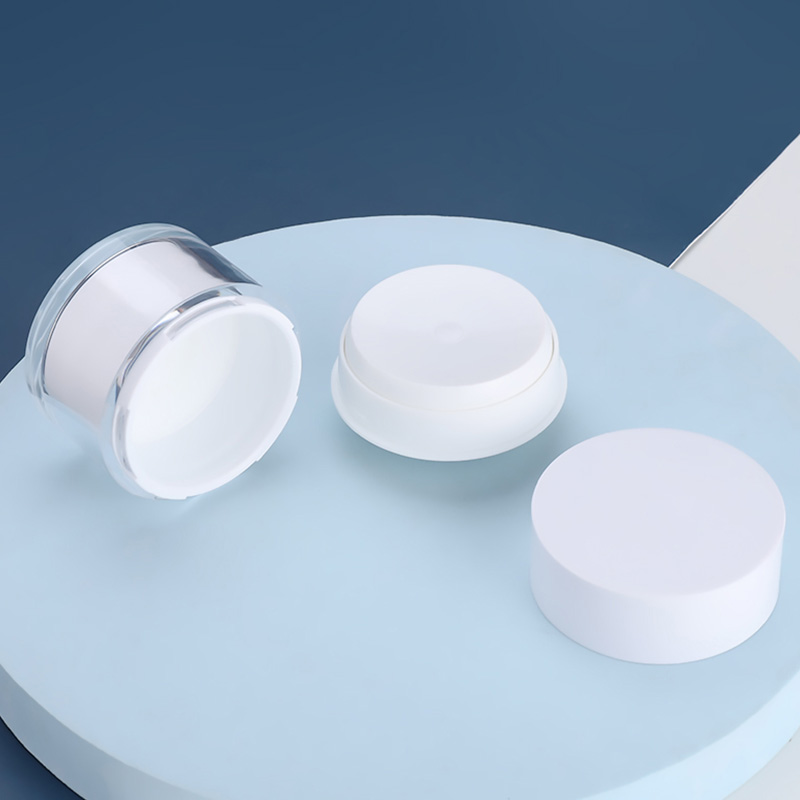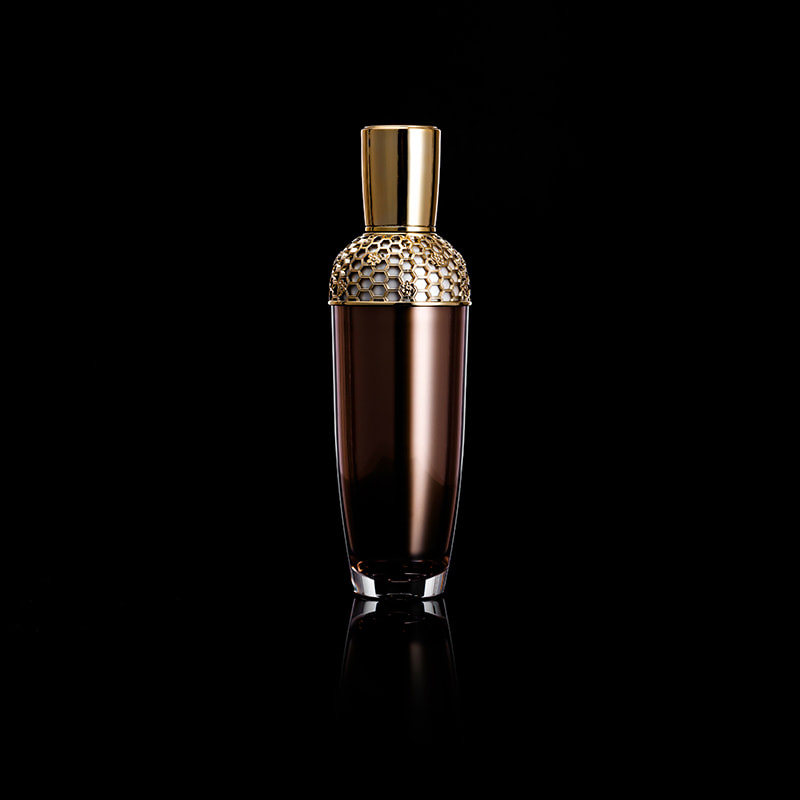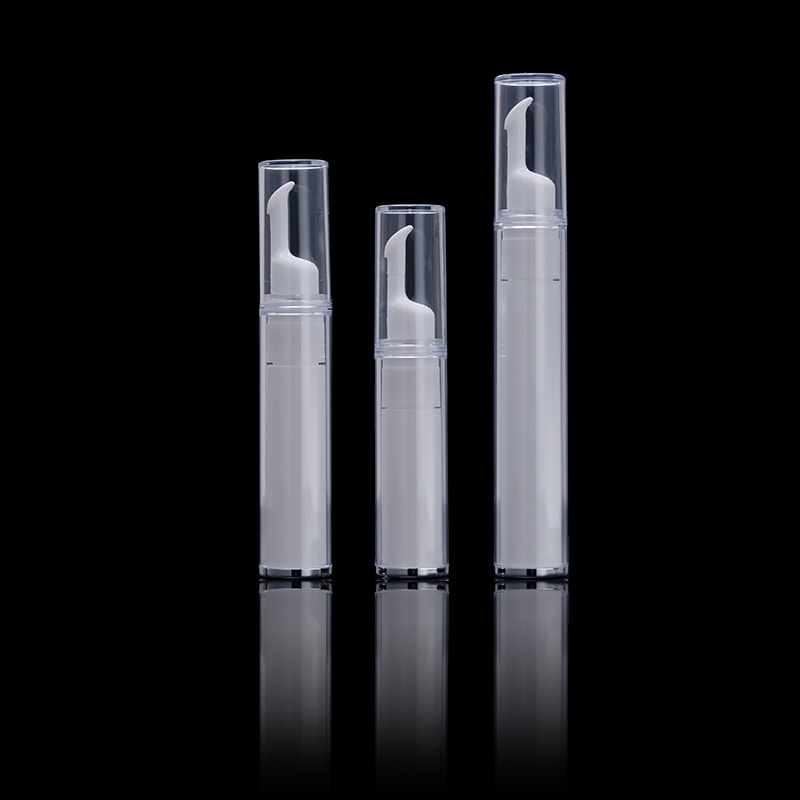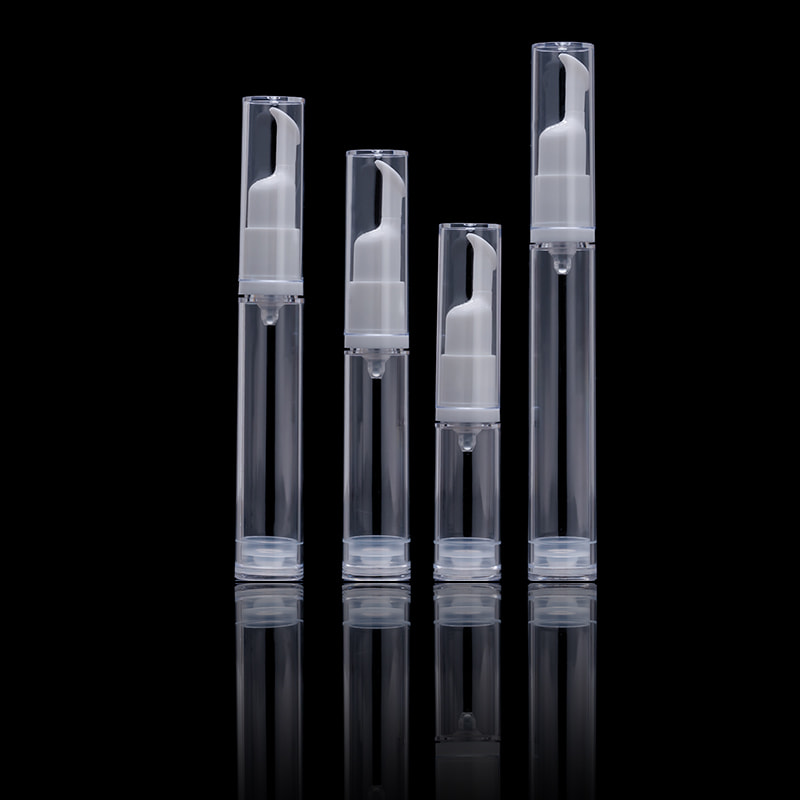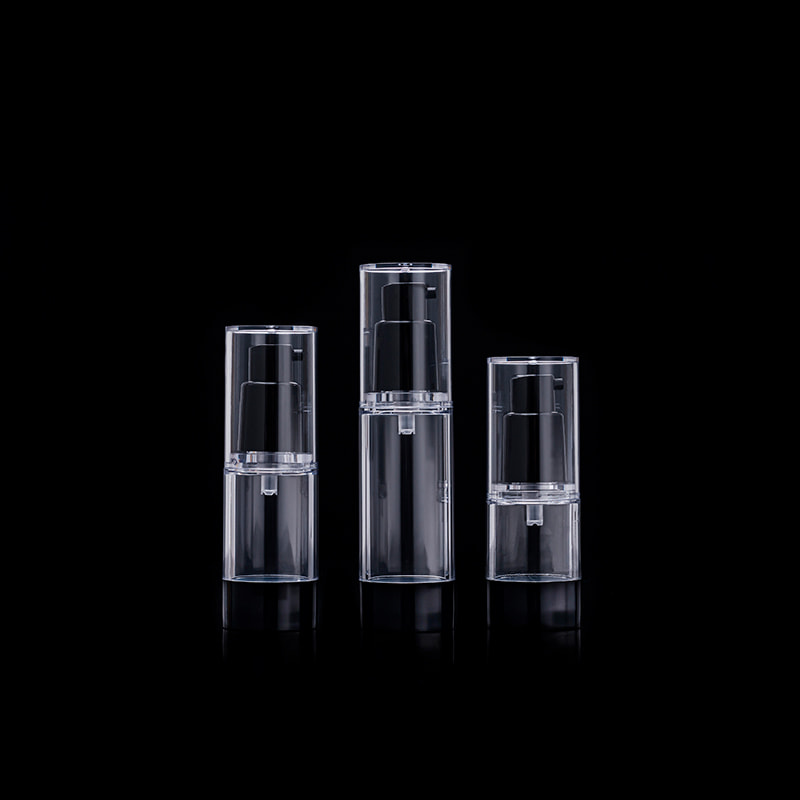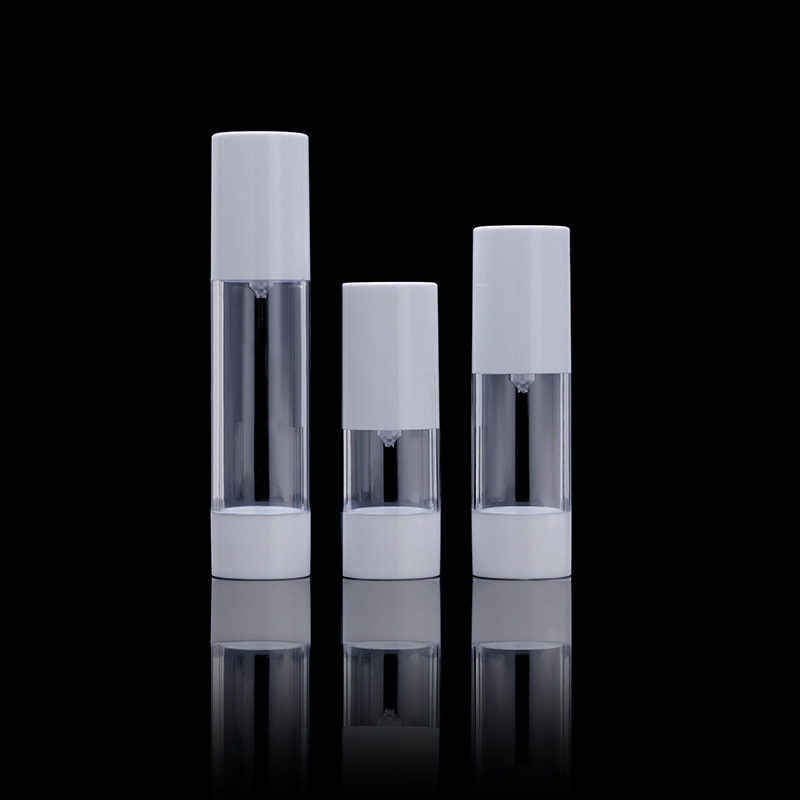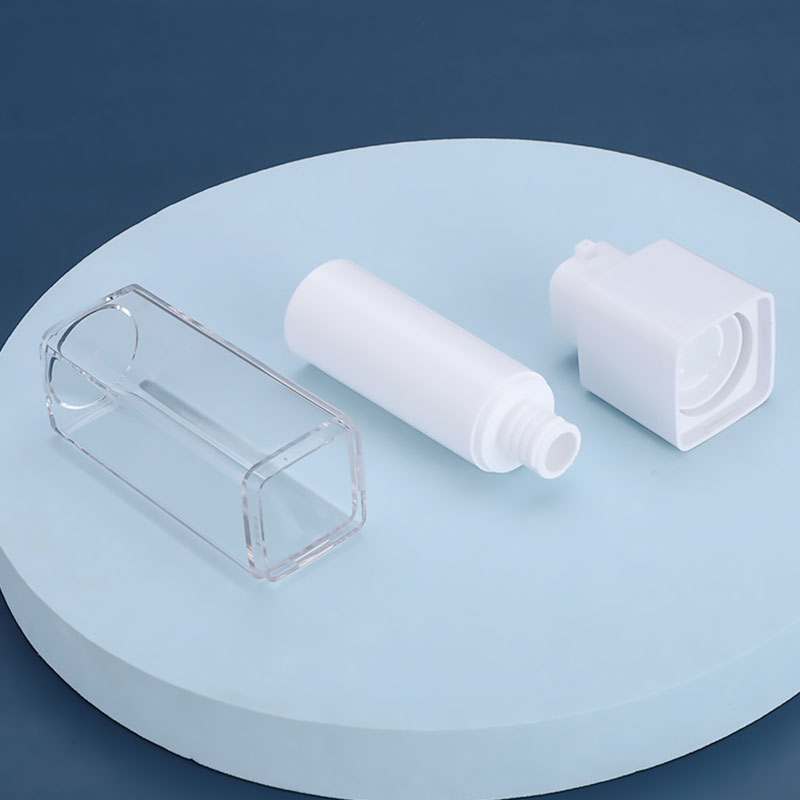What are the technological characteristics of acrylic bottles
1. Acrylic contains polar pendant methyl groups and has […]
1. Acrylic contains polar pendant methyl groups and has obvious hygroscopicity. The water absorption rate is generally 0.3%-0.4%. It must be dried before molding. The drying condition is 80℃-85℃ for 4-5h.
2. Acrylic has obvious non-Newtonian fluid characteristics in the temperature range of molding and processing. The melt viscosity will decrease significantly with the increase of shear rate, and the melt viscosity is also very sensitive to temperature changes. Therefore, for the molding process of acrylic, increasing the molding pressure and temperature can significantly reduce the melt viscosity and achieve better fluidity.
3. The temperature at which acrylic starts to flow is about 160℃, and the temperature at which it starts to decompose is higher than 270℃, which has a wide processing temperature range.
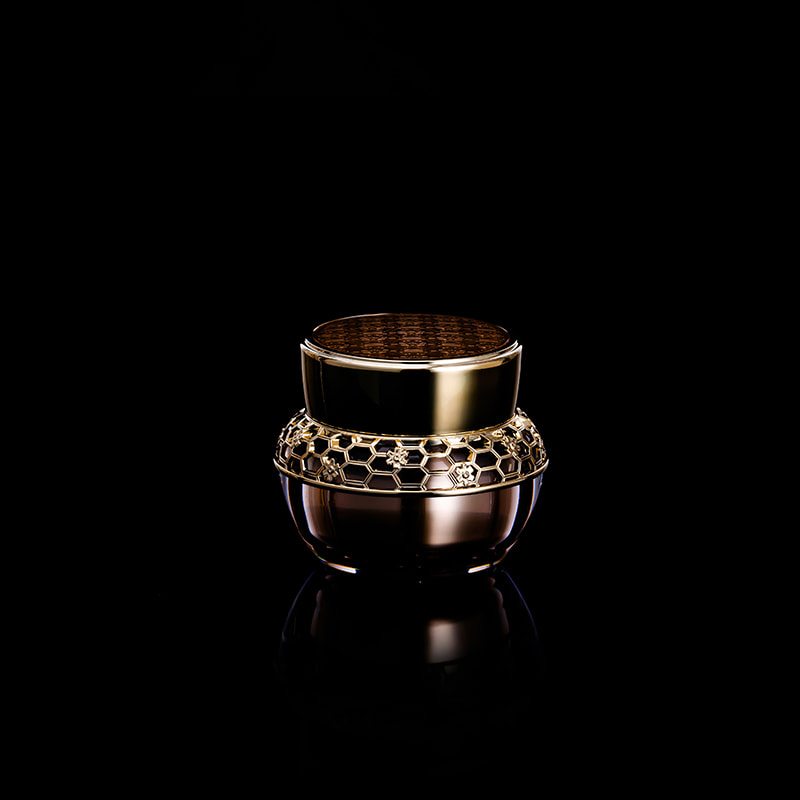
4. Acrylic melt viscosity is higher, cooling rate is faster, and the product is prone to internal stress. Therefore, the process conditions are strictly controlled during molding, and post-processing is also required after the product is molded.
5. Acrylic is an amorphous polymer, and the shrinkage rate and its variation range are small, generally about 0.5%-0.8%, which is conducive to forming plastic parts with high dimensional accuracy.
6. Acrylic has good cutting performance, and its profile can be easily machined to various required sizes.


